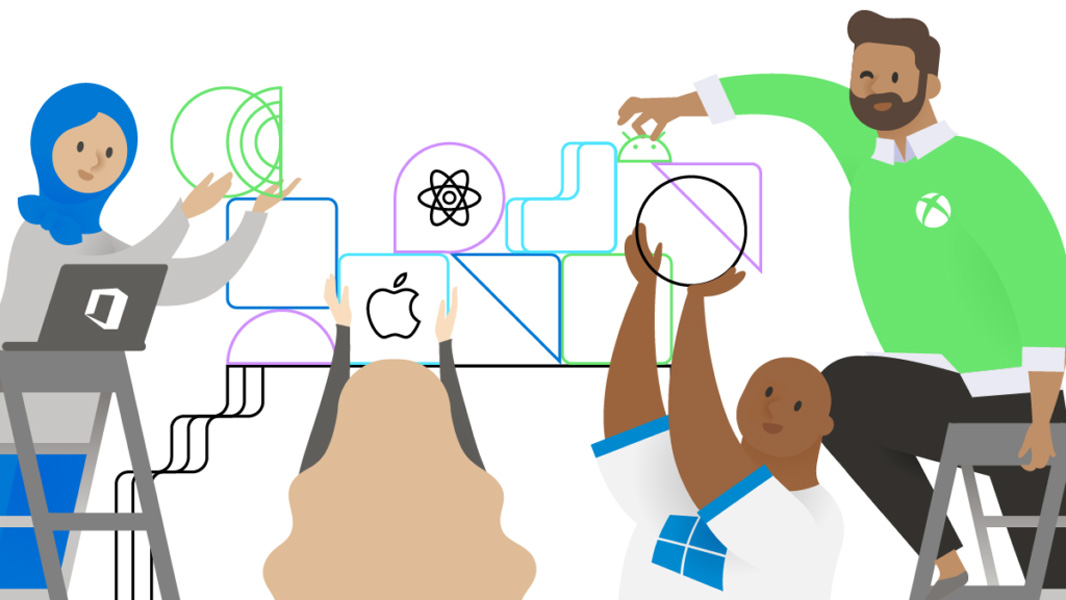Microsoft Rebrands UI Fabric to Fluent UI
- Paul Thurrott
- Mar 13, 2020
-
7

Microsoft announced today that it is renaming UI Fabric to Fluent UI to simplify and consolidate its design language branding.
“We’re simplifying our story to collectively rally around a single UI library for our web components, Fluent UI,” the Microsoft 365 Team writes in a new post to the Microsoft 365 Developer Blog. “We’ve evolved Microsoft to speak a common language through a shared design system. Fluent UI will directly connect that effort to a broad set of products, through code, specifically the convergence of our most used web engineering frameworks, Fabric and Stardust.”
Windows Intelligence In Your Inbox
Sign up for our new free newsletter to get three time-saving tips each Friday — and get free copies of Paul Thurrott's Windows 11 and Windows 10 Field Guides (normally $9.99) as a special welcome gift!
"*" indicates required fields
Confused? You’re not alone. So let me try to muddle through this.
Microsoft describes Fluent, broadly, as its “design-to-code system.” It’s a “coherent, efficient, and effective” foundation that’s shared by design and engineering, and to date, it’s been most closely associated with the Fluent Design System, which is the design part of that foundation, a common user experience that (hopefully) works across multiple endpoints and form factors.
Fluent UI hits on the engineering end of the Fluent spectrum, as I understand it. It is replacing two previous frameworks, Fabric and Stardust, the former of which I believe was originally called Office Fabric.
“This [change] allows our teams to collectively work together on a shared code base with a shared set of build and development tools to support our products and community more efficiently,” the post continues. “It also allows us to get to a single UI library for Microsoft 365.”
The first major release of the newly-renamed Fluent UI is expected in summer 2020, Microsoft says. After that, it will focus on performance and theming.